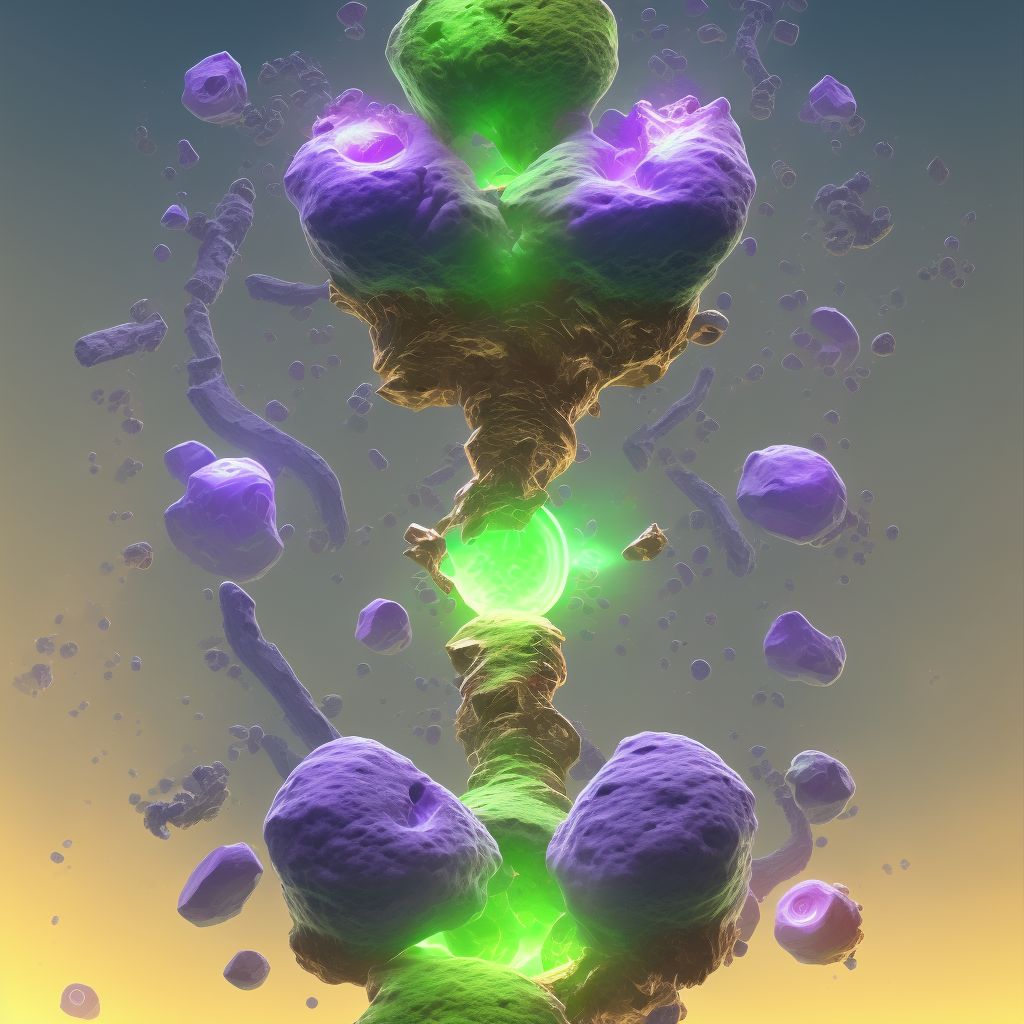
Torus fracture of lower end of right tibia, subsequent encounter for fracture with routine healing Save
ICD-10 code: S82.311D
Disease category: S82.311: Torus fracture of lower end of right tibia
Torus Fracture of Lower End of Right Tibia: Explained
A torus fracture refers to a type of fracture that commonly occurs in children and is characterized by a buckling of the bone. This article will provide an overview of a torus fracture of the lower end of the right tibia, subsequent encounter for fracture with routine healing. Please note that this article does not provide information on treatment options.
When a torus fracture occurs, the bone becomes compressed, causing it to bend but not break completely. This type of fracture is often the result of an impact or excessive force applied to the bone, such as during sports or physical activities.
If an individual experiences a torus fracture of the lower end of the right tibia, subsequent encounters may be necessary to monitor the healing progress and ensure proper recovery. These subsequent encounters typically involve regular check-ups with healthcare professionals, who will assess the healing process and provide guidance on any necessary adjustments to the treatment plan.
During the routine healing process, the fractured bone gradually realigns and remodels itself. The timeframe for complete healing varies depending on the severity of the fracture, the individual's age, and overall health. Generally, children tend to heal faster than adults.
- Immobilization: To facilitate healing, the injured leg may be immobilized using a cast or splint. This immobilization helps prevent further injury and allows the bone to heal properly.
- Pain Management: Pain associated with the fracture can be managed with over-the-counter pain medications recommended by healthcare professionals.
- Physical Therapy: Once the bone has healed sufficiently, physical therapy may be recommended to restore strength, flexibility, and range of motion in the affected leg.
It is crucial to follow the healthcare professional's guidance throughout the healing process to ensure proper recovery. Failure to do so may result in complications or delayed healing.
In conclusion, a torus fracture of the lower end of the right tibia, subsequent encounter for fracture with routine healing involves regular check-ups to monitor the healing progress. While this article does not provide treatment information, it emphasizes the importance of following healthcare professionals' recommendations for a successful recovery.
Treatment of Torus fracture of lower end of right tibia, subsequent encounter for fracture with routine healing:
Treatment Options for Torus Fracture of Lower End of Right Tibia, Subsequent Encounter for Fracture with Routine Healing
A torus fracture of the lower end of the right tibia is a common injury that occurs when there is an impact or force applied to the bone, causing it to bend but not break completely. This type of fracture is often seen in children, but it can also occur in adults...
To see full information about treatment please Sign up or Log in